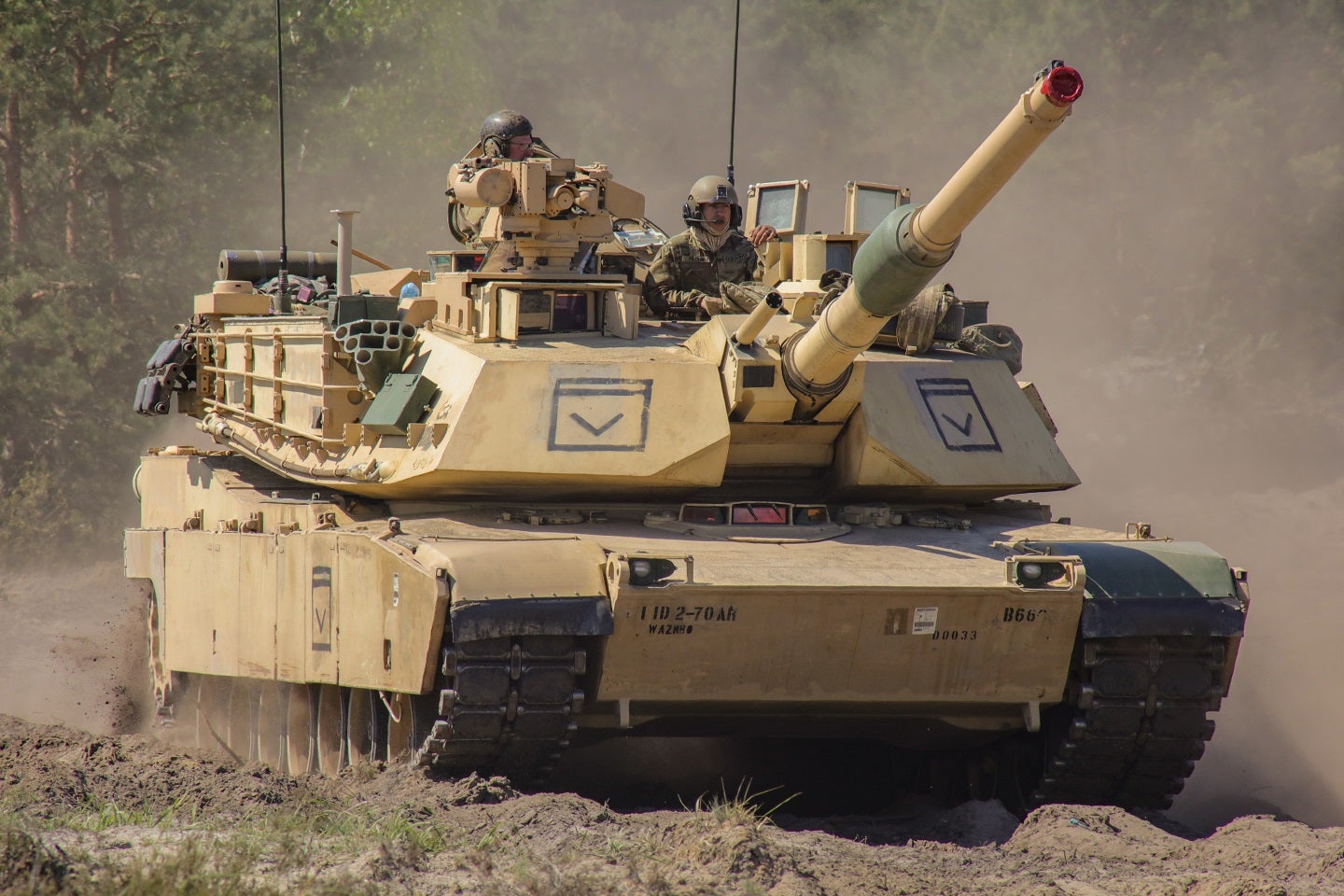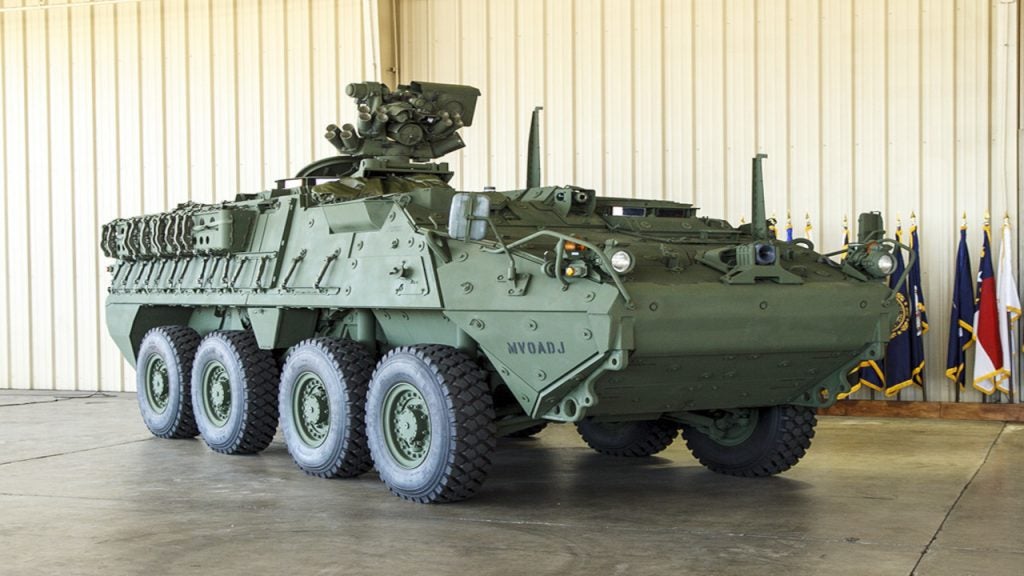
The US Department of Defense (DoD) has finally delivered 31 M1 Abrams main battle tanks (MBTs) to Grafenwoehr, Germany for training Ukrainian tank crews.
Press Secretary Brigadier General Pat Ryder confirmed the delivery in a DoD press briefing on 15 May 2023. Ryder stated that “this extensive training programme for Ukrainian crews and maintainers is intended to prepare them for their critical roles ahead in effectively operating the M1 tank and defending Ukrainian people.”
The US inititally pledged to deliver the latest M1A2 variant in January this year. By March, the DoD reduced its offering to the M1A1, which shares a “very similar capability” Ryder said in March.
Ryder also added that “[w]e will ensure that the Ukrainians receive the necessary training on these tanks in time for them to be delivered.”
However, now that the platforms are delivered, Ukrainian troops will begin a 10-week training course. As well as this, the implication in the latest announcement on the delivery of the MBTs is that the Ukrainian tank crews have yet to learn how to sustain and maintain these complex American MBTs.
The DoD states that approximately 10,700 Ukrainian soldiers have completed training and returned to the front lines. This figure includes 6,100 who have completed small arms training, 4,000 who have completed specific platform training and 600 who have completed staff training.
Near-term support?
The slow delivery of the M1A1 training MBTs leaves us with more questions than answers: why has it taken so long? How long until the Ukrainian military is ready to operate the Abrams? Will the Abrams be at the forefront of the anticpated Ukrainian counter-offensive?
A contract from April to provide the US with an unlimited supply of 120mm munitions for the M1 Abrams had strongly signalled the importance of the Abrams in the imminent counter-offensive. However, the slow delivery of the platform, as well as the continued training required to sustain them, leaves us a lot less certain about the purpose of the recent American military aid to Ukraine’s armed forces.
Other western allies have provided aid that will have a more immediate benefit to an antipcated Ukrainian counter-offensive. The UK has pledged to provide additional munitions including long-range attack drones to Ukraine, as the president of Ukraine, Volodymr Zelensky, paid a visit to the country on 15 May in another whistle-stop tour of Europe.
The long-term objective
GlobalData land domain analyst, Tristan Sauer, points out that the delivery also marks America’s broader objective for standaridsation and integration.
“Though criticism has been levelled at the DoD from both the US Senate and external analysts due to the lengthy timelines for integration of these capabilities within Ukraine’s armed forces, it is important to visualise this as one element of the DoD’s wider efforts to standardise Nato and allied mechanised capabilities with US material over the long term.
“The familiarisation of Ukrainian forces with the M1A1 Abrams will support the potential deployment of these platforms in the current conflict, but may also help influence Ukraine to make future procurement decisions by demonstrating not just the platforms themselves but the scope of the capabilities they could provide if properly trained on.
“That training is something US forces in Germany are specialised in and thus provides a two-pronged benefit to US interests in both the short (enhancing Ukraine’s capabilities) and long (creating opportunity for future engagements) terms.”








